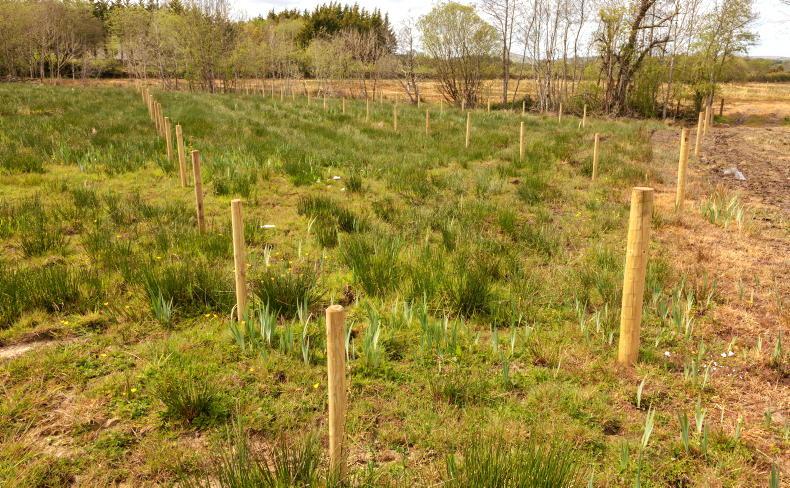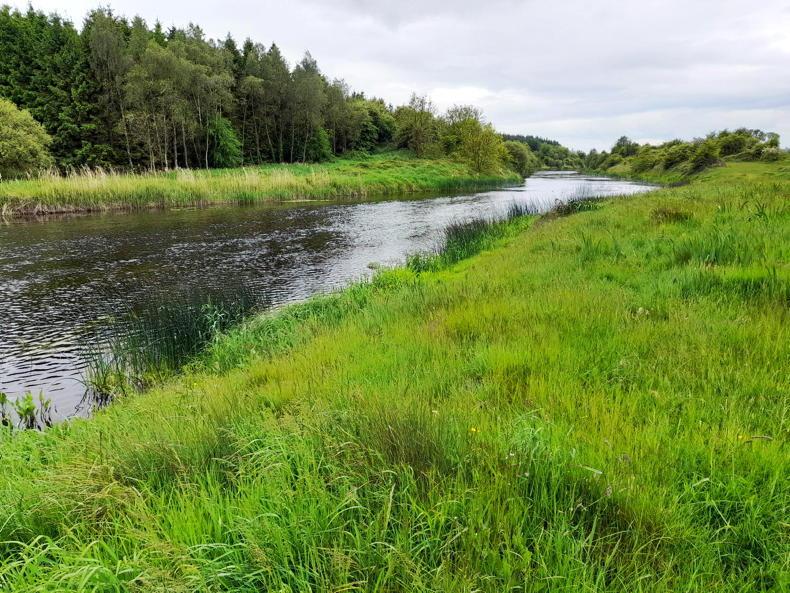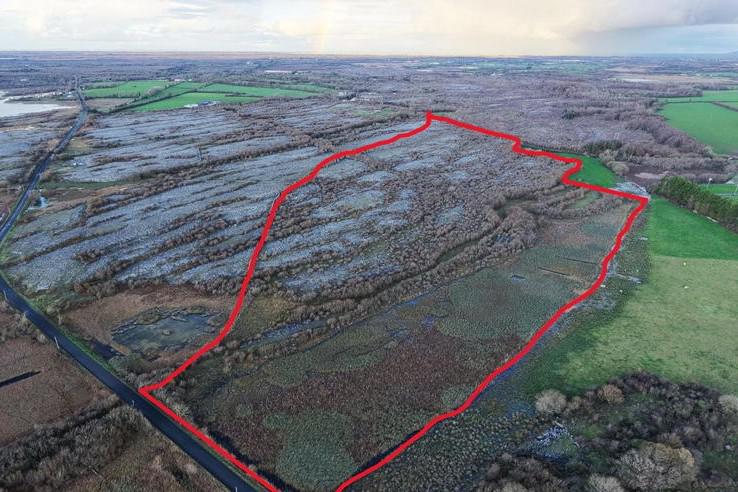The EU’s Joint Research Centre (JRC) has quietly released a report on the impact of a number of elements of the EU Farm to Fork and Biodiversity strategies, but emphasises that this isn’t a full impact assessment.
It limits its assessment to the 50% reduction in the use of pesticides, a 20% reduction in fertiliser use, having 25% of EU land in organic production and an increase in the area of landscape features.
The study doesn’t go beyond these to explore other elements, such as a reduction in food waste and what the impact of behavioural or dietary change would have.
It uses the Common Agricultural Policy Regionalised Impact Analysis (CAPRI) modelling system for the study.
Main findings
The analysis confirms that there are savings to be made but they come at a cost. In the case of reducing plant protection products (PPP) use by 50%, that will be a direct saving, but it will lead to a 50% increase in other costs such as mechanical weeding.
It also estimates an annual yield loss on average of 10% but, in a worst-case scenario, the loss could be 50% across arable and permanent crops.
When combined with an allocation of 10% of land to landscape features leading to a reduction of 4% in cereals area, the overall supply of EU cereals is forecast to fall by 15% and incomes are forecast to reduce by 26% at EU level.
Organic
Moving towards having 25% of land in organic farming would lead to a 100% reduction in PPP costs but there would be a corresponding 100% increase in fuel and service costs for the alternative farming practices required.
The report identified that a switch to organic would lead to a 45.4% reduction on cereal yields compared with conventional production and large decreases in fruit and vegetable output as well in an organic system.
The report also identifies a likely reduction in price differential for organic products with increased organic production.
Meat sector
In its analysis on beef production, the report concludes that the gross nitrogen balance (GNB) reduction target and stable demand would mean the reduction of supply by 15% would be offset by a 24% increase in the price of beef. This, the report estimates, would lead to a dramatic 126% increase in farm incomes.
Pigmeat prices are projected to increase by 43%, leading to a 129% increase in farm incomes and an increase of 18% in poultry meat prices is forecast to increase farm incomes by 83%.
Environmental benefits
Achieving the Farm to Fork and Biodiversity strategy targets on pesticides, fertiliser, organic production and increased use of land for landscape features is forecast to deliver a 20.1% reduction in GHG emissions from agriculture by 2030.
However, this comes with a warning of a likely increase in leakage of emissions to other parts of the world increasing production to offset losses in the EU.
In the model, it is forecast that up to two-thirds of the 14.8% of the reduction coming from methane and nitrous oxide emissions are leaked to the rest of the world.
There is something unseemly about the EU slipping out a partial impact assessment report in peak holiday season.
It makes assumptions makes assumptions on trade that can readily be challenged, it still gives useful insight on the consequences of the Farm to Fork and Biodiversity strategies.
Achieving the reduction targets is possible but the report recognises that this will cause the agri-food sector to “go through a challenging transition” and that the study “shows the magnitude of the challenge.”
The report recognises that there will be loss of production and accepts the real risk of carbon leakage as production moves elsewhere.
It is more difficult to understand the reasoning that there would not be an increase in EU imports of beef to offset loss of EU production.
More imports in the second half of the decade seem inevitable if the EU concludes trade deals with Australia and New Zealand, as well as ratifying the deal agreed with Mercosur.
UK policy
UK trade policy will also have a huge bearing on beef supply in Europe and this is also not considered. This report is only a start and confirms the need for a full impact assessment that deals with all the variables, particularly trade deals and carbon leakage.










SHARING OPTIONS